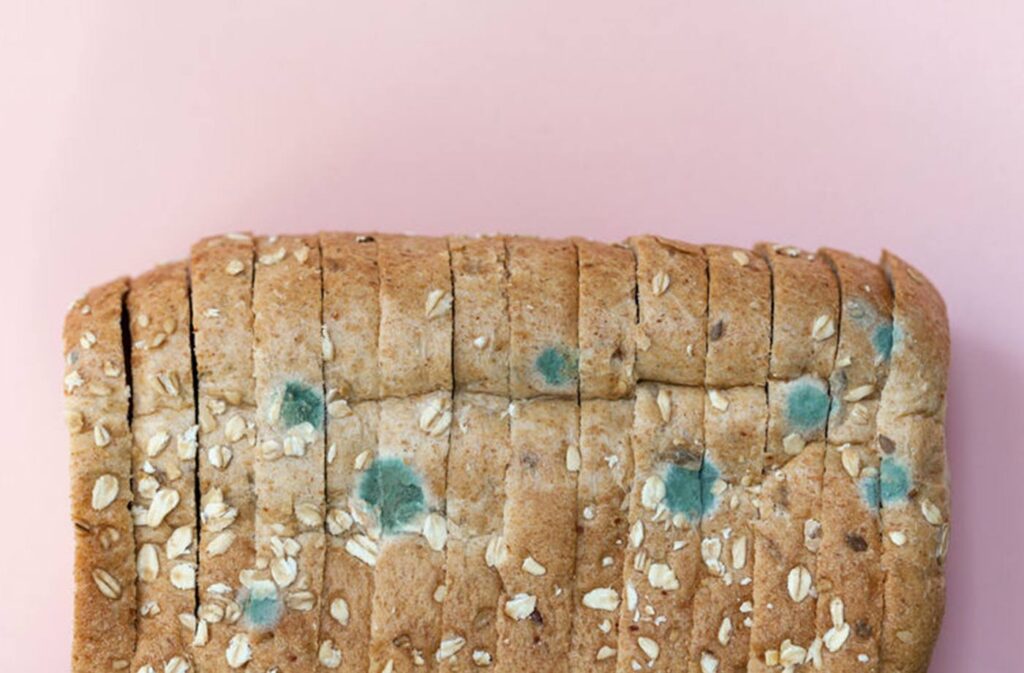Bread can go on the compost list because it provides fertile soil there. From a purely horticultural standpoint, bread can go on the compost list, as can small pieces of untreated wood, because it is organic material that degrades well.
For other reasons, however, it’s not a good idea to bury bread in the garden soil or toss it in the compost. Like cooked food scraps, it attracts pests, especially when disposed of in large quantities.
From a moral and environmental standpoint, throwing away bread in large quantities is also questionable. It is a staple food that is in short supply in many countries.
The production of bread and baked goods also consumes a lot of energy. It’s best to buy only enough bread at a time so that you consume as much as possible.
Bread can be frozen or dried and used as breadcrumbs.
Contents
Is bread good for the compost?
There are conflicting opinions on this question. Some experts say that you can throw stale bread on the compost with a clear conscience, as long as it is done in small quantities.
Others, however, say that the compost is a place for organic waste. Baked goods, especially moldy bread, would have no place in the compost.
Moldy bread contains aflatoxin, a very powerful toxin that causes liver cirrhosis and cancer and weakens the immune system. However, these facts hardly play a role in gardening practice, because the amount of moldy bread is limited.
In principle, stale bread and other baked goods are well suited for composting, at least in small quantities, because they form a good food for the creatures in the compost. The situation is different when larger quantities are involved.
Are animals attracted to bread scraps?
You should expect this, at least if you simply place larger quantities of stale bread on top of the compost pile. The bread scraps will likely attract birds first. However, it’s quite possible that rats and mice will join in as well.
Read also: Making compost rat-proof: 5 home remedies against rats.
It depends on how often you dispose of which bread in the compost. In small quantities and only occasionally, a piece of bread is not a problem. In large quantities, bread scraps do not belong in the compost.
Because of their high sugar content, cake scraps and other baked goods are particularly problematic. They exert an almost magical attraction on rats.
Experts therefore recommend not simply putting stale bread on top of the compost, but burying it a few centimeters deep. This also looks better than having pieces of moldy bread lying around in the open.
Are yeast and mold a problem?
If there is a piece of bread in the compost from time to time, it is harmless. Yeast and mold do not harm the living things in the compost.
On the contrary, yeast is a component of compost accelerators, for example. Bread molding is perfectly normal and is part of the natural process of rotting.
The molds on the bread are broken down during the composting process and eventually converted into finished compost. The most dangerous component of molds, aflatoxin, is not usually absorbed by plants because it is fat soluble.
Does bread need to be shredded?
If you need compost in your garden relatively quickly, it helps if you shred the ingredients. This will make decomposition go faster.
With moldy bread as an ingredient on the compost list, they can go even further. Dry it before disposing of it. This avoids a lot of the problems with mold.
The best way to do this is to grate the bread pieces and spread a thin layer over the compost pile. Burying bread in the garden soil, however, is not a good idea.


